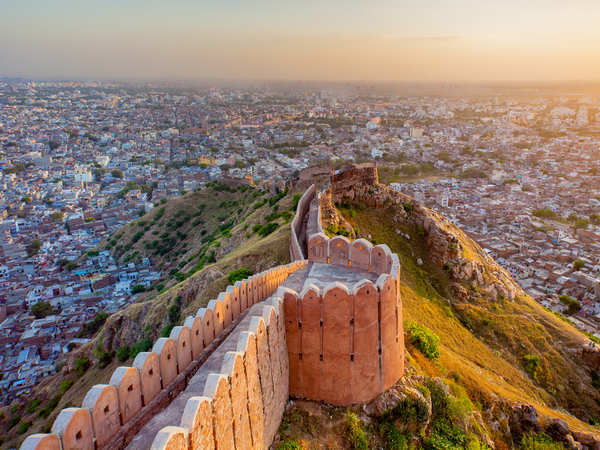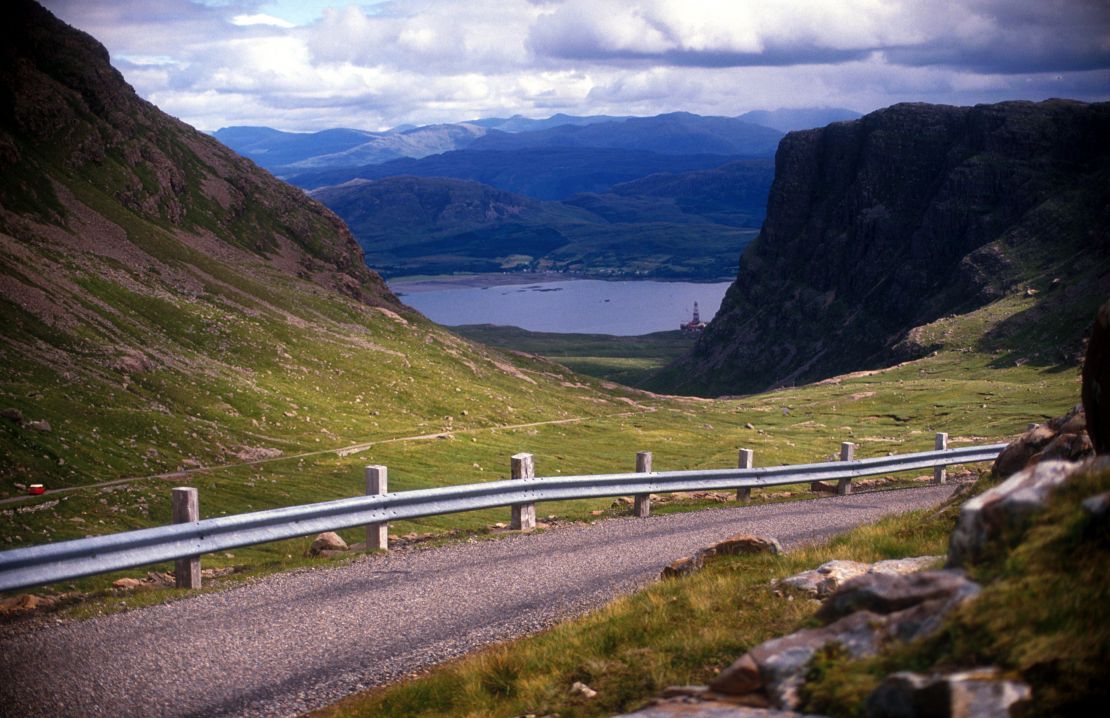Why Travel Like a Local in Belgium?
Traveling Belgium like a local doesn’t just save time and money—it helps you dive deeper into authentic Belgian life. From scenic coastal trams to sleek high-speed trains, Belgium’s transportation network is built for comfort, efficiency, and eco-consciousness.
🚆 1. National Rail: NMBS/SNCB
Best for: Intercity travel
Belgium’s train system connects major cities like Brussels, Ghent, Antwerp, and Bruges. Trains are fast, reliable, and ideal for daily commutes or sightseeing day trips.
Tips:
- Most stations are centrally located—perfect for walking or biking onward.
- Use the SNCB/NMBS app for real-time schedules.
- Consider the Rail Pass for unlimited regional travel.
🚋 2. Trams and Buses: Local and Regional Transit
Belgium has three main public transport providers:
- STIB/MIVB – Brussels
- De Lijn – Flanders
- TEC – Wallonia
These services offer wide coverage with frequent schedules. Trams, especially, are a scenic way to navigate cities like Ghent and Antwerp.
Don’t miss: The Coast Tram (Kusttram) – the longest tram line in the world, stretching along Belgium’s North Sea.
🚲 3. Bike Like a Belgian
Belgium is deeply cycle-friendly. Cities like Leuven, Ghent, and Bruges offer safe bike lanes, bike-sharing apps, and easy parking.
- Recommended apps: Blue-bike, Velo Antwerpen, Donkey Republic
- Bonus: Many rail stations include free or low-cost bike parking.
🚕 4. Ride-Sharing and Taxis
Locals prefer apps like Uber (available in Brussels) and Bolt over traditional taxis due to cost. Always check app availability before booking.
🚗 5. Renting a Car in Belgium
When to rent: Visiting the Ardennes, countryside, or small villages
Belgium’s compact size makes it road-trip friendly. Roads are well-marked and gas stations are frequent.
- Reminder: Avoid cars in city centers—parking is expensive and traffic is dense.
🛴 6. E-Scooters and Micro-Mobility
For quick city hops, try electric scooters. Available in Brussels, Ghent, and Antwerp, brands like Lime, Dott, and Bird let you rent and ride via app.
📱 Must-Have Apps for Getting Around Belgium
| Purpose | App Name |
|---|---|
| Trains | NMBS/SNCB |
| Brussels Transit | STIB/MIVB |
| Flemish Transit | De Lijn |
| Walloon Transit | TEC |
| Biking | Blue-bike, Velo |
| Rideshare | Uber, Bolt |
| Maps | Google Maps, Citymapper |
📌 Final Tips for Local-Style Travel
- Learn a few local words: “Bonjour” (Hello in French) / “Hallo” (Hello in Dutch).
- Validate your ticket before boarding buses/trains.
- Avoid rush hour (7–9 AM, 4–6 PM).
- Use contactless or mobile tickets.
✅ Travel Summary
- Best way to explore Belgium: Trains for intercity, trams for urban, bikes for fun
- Most local experience: Coastal tram or city biking
- Best value: Rail Pass + app-based travel planning









